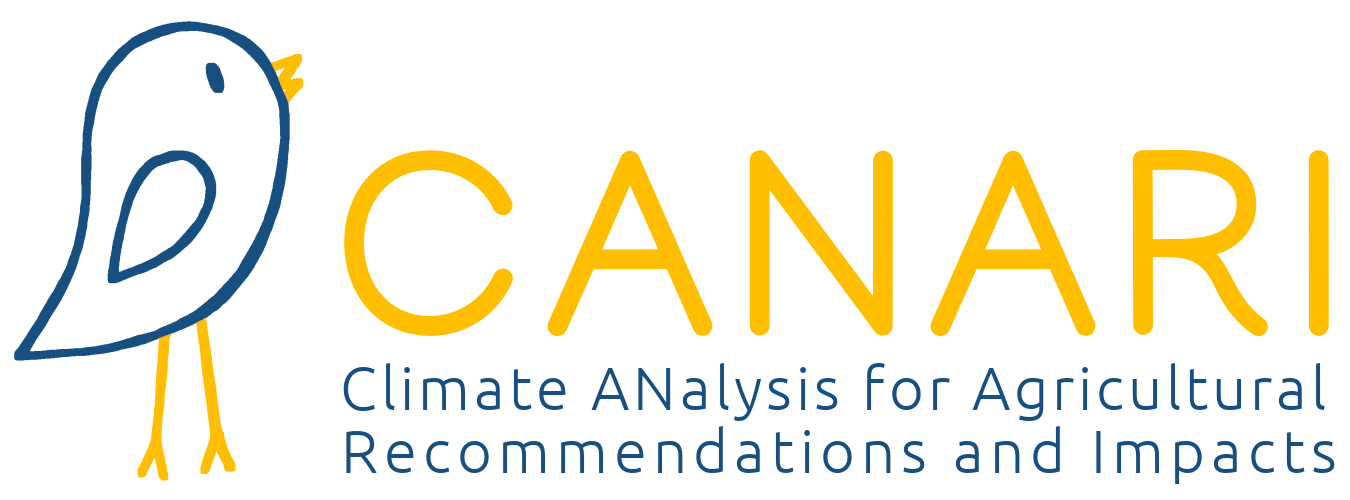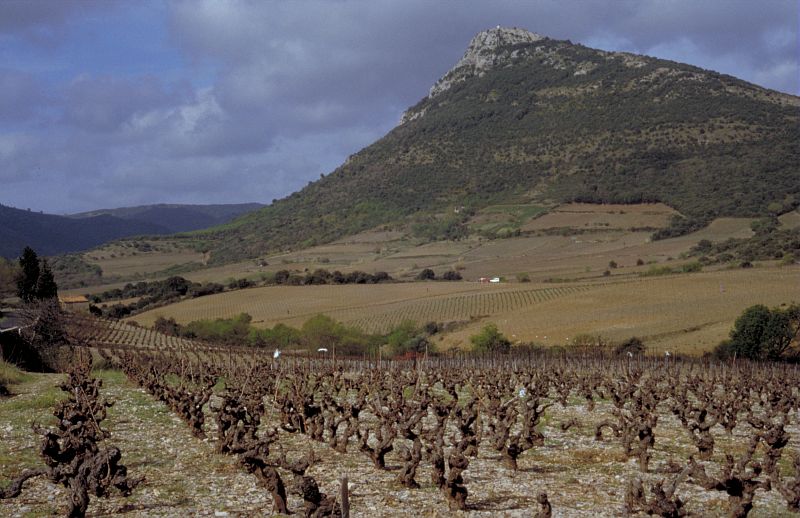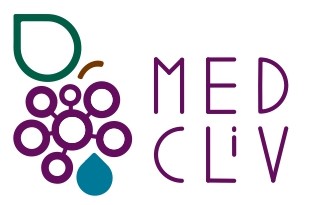Collaboration and participatory approaches to Climate Change

Participatory methods are employed when a problem is too complex for one person or institution to tackle it. In participatory methods, a successful resolution of an issue or challenge includes, necessarily, inputs and actions from a wide range of stakeholders.
An alignment of interests is necessary, meaning that people care enough about Climate Change or take its consequences seriously enough to fight it, recognizing the need for fast action and decision making.
Aimed at capacity building for the design of climate solutions, mainly by knowledge dissemination, MEDCLIV participatory events need to combine several features so that such knowledge can be transposed into practice by the participants.
Some of the main criteria for the design of participatory events should consider:
- Active user involvement: the aim is to empower actors of the vine and wine value chain so that they can develop/adopt innovative solutions that will impact and promote the system’s change;
- Real life setting: having a focus on specific territories where wine industry is relevant (a wine growing region) provides real context conditions which enables the engagement between stakeholders that share the same challenges;
- Multi-stakeholder participation: it is essential that different stakeholder profiles are involved such as city authorities, non-governmental organizations, community organizations, small and medium enterprises, entrepreneurs, students, professionals, developers, policy makers and other citizens;
- Multi-method approach: using different participatory methods and tools increases the participation rate, where each agent can choose the best tool for his/her profile and needs.
- Co-creation the end users (agents of the system, stakeholders) need to be actively involved and equally contribute to the creation, be involved as actors, not just subjects of studies. In setting up participatory events, it is recommended to adopt a bottom-up approach for problem solving.
- Tailor made: To be meaningful, participatory events need to be customized according to the local ecosystem’s needs. The most relevant aspects to consider on the customization are the themes and problems to approach, the expectations and skills of participants, adequate timeframe and time availability and even the type of outputs resulting from the event. For instance, in one local event we can have local champions disseminating their knowledge to other stakeholders, while in another event the entire community might need an ideation moment to develop a solution for a common problem.
Challenges
Having a user-driven open innovation ecosystem to apply on the Vine and Wine sector, and considering end-users as the main “knowledge owners” it is also important to highlight some of the bottlenecks that can affect the level of collaboration. In a broad sense the most significant aspects are the engagement efforts and the safeguard of generated innovation.
Brant and Lohse (2014) describe quite well these challenges when mentioning that “An open innovation model may entail a number of transaction costs, including the need to engage in efforts to find the right partners, to coordinate exchanges, and to manage complexity and risk (Enkel et al. 2010). Investments are needed to build routines and trust with partners over time, as well as to put in place and manage effective processes for knowledge and IP management (Pénin et al. 2011). A particular difficulty in open innovation is the valuation of knowledge; in this regard, uncertainty can complicate licensing and other technology transactions (Dahlander & Gann 2010; Enkel et al. 2010).”
The safeguard of generated innovation is related with the misconception that open innovation is something free. Despite open innovation entails sharing knowledge with partners, which carries out significant uncertain and risk, particularly for profit organisations, Intelectual Property (IP) and innovation needs to be protected. Memoranda of Understanding and Non-Disclosure Agreements can and should be prepared, as well business models that can assure sustainability (at least partial) of such processes.
The engagement efforts on the other hand are related with the need to work on the connectivity between agents, improving communication channels and developing common ground towards shared visions, alignment of interests and converging activities without overlapping individual missions and working spaces.
Collaboration needs to be faced as one of the major pathways to Climate Innovation both at adaptation and mitigation level, once that only by having the different agents working together and participating in the new processes will be possible to ha a widespread adoption of adaptation and mitigation practices and techniques.
Autor : Filipa Carlos (FCT Nova)
References:
- Brant, J. & Lohse, S. (2014). The Open Innovation Model – Research Paper 2. International Chamber of Commerce (ICC)
http://www.transitsocialinnovation.eu/resource-hub/european-network-of-living-labs
Relations
- Network
- List
- Geolocation
- More
Face aux risques de sécheresse, à l’excès de précipitations ou au gel, les agriculteurs ont désormais gratuitement accès à CANARI : une application web open source de visualisation d'indicateurs agroclimatiques qui calcule instantanément des projections climatiques jusqu’à 2100.
- More
Un article dans TheConversation montre que face au changement climatique les vins d'appellation doivent s'appuyer sur une cogestion adaptative de leur terroir
- More
Dans le cadre du projet VitiREV (volet recherche participative & observatoires ; 2019-2027), un groupe de chercheurs (UMR EGFV de l’Institut des Sciences de la Vigne et du Vin à Villenave d’Ornon) a conduit une enquête auprès des représentants des ODG viticoles de Nouvelle-Aquitaine. L’enjeu : recue
- More
(Master Thesis) Multicriteria and participatory assessment of adaptation strategies in the wine & vine sector
Development of the methodology, assessment file. Case study application to three municipality Montpeyroux, St-Jean-de-Fos, Lagamas
- More
Changement climatique : les ODG favorables à des accompagnements
Dans le cadre du projet VitiREV (volet recherche participative & observatoires ; 2019-2027), un groupe de chercheurs (UMR EGFV de l’Institut des Sciences de la Vigne et du Vin à Villenave d’Ornon) a conduit une enquête auprès des représentants des ODG viticoles de Nouvelle-Aquitaine. L’enjeu : recue
- More
Climathon de Cabrières (34) - Octobre 2021
Evenement ouvert à tous organisé sur 24h autour de l'identification de solutions/projets face au changement climatique
- More
Climathon de Montpeyroux 2020 - Rapport complet
Ce document est le rapport complet du Cliamthon de Montpeyroux (6 et 7 mars 2020) dédié à la question de la filière vigne et vin locale confrontée au changement climatique et aux attentes sociétales.
- More
Climathon de Murviel les Montpellier (Fr)
Le Climathon® est un événement collaboratif qui vise à proposer des solutions locales face au changement climatique.
- More
EIT's Climate-KIC
We are Europe’s largest public-private innovation partnership focused on climate change, consisting of dynamic companies, the best academic institutions and the public sector.








